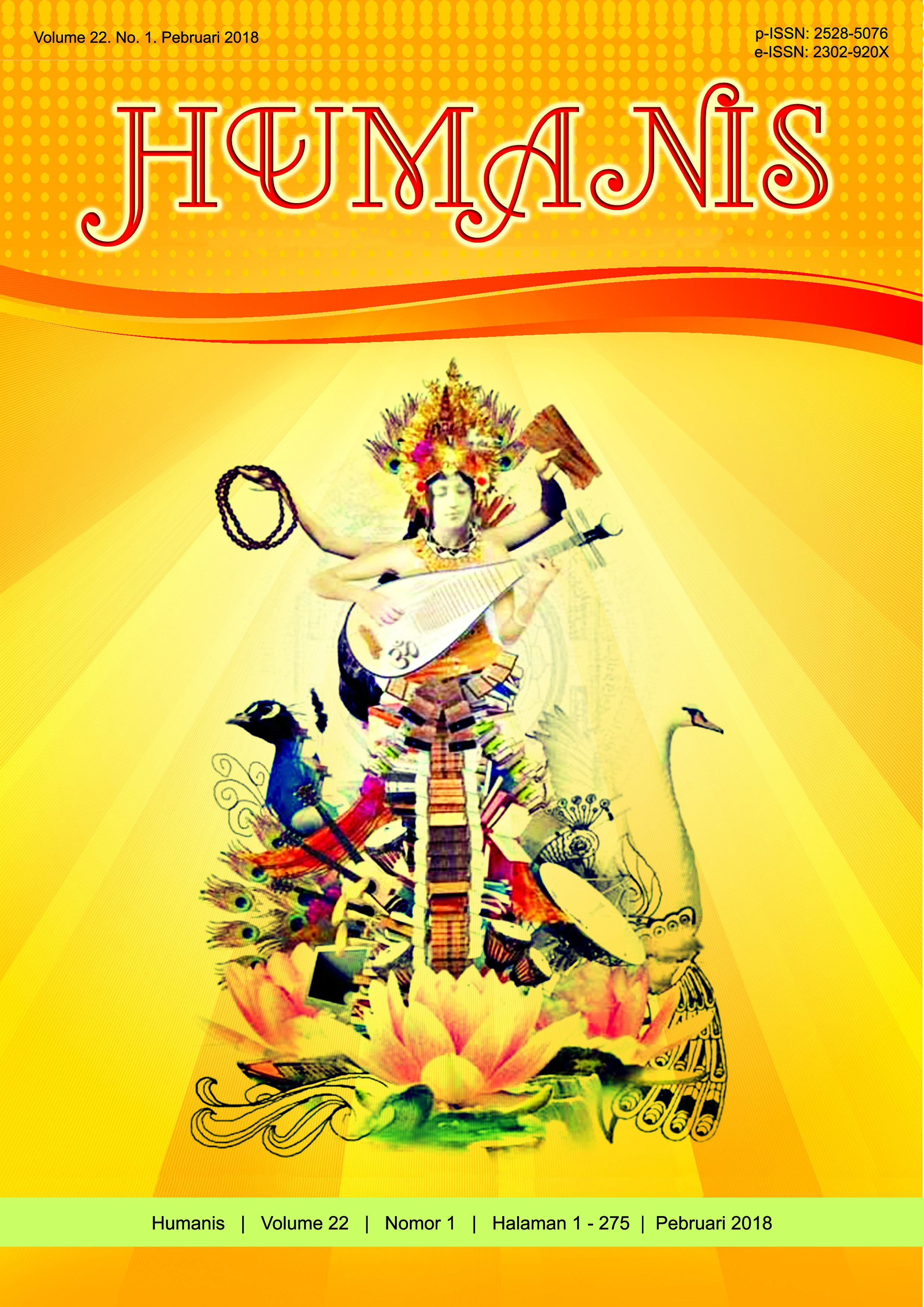Pengelolaan Kertagosa sebagai Daya Tarik Pariwisata di Kabupaten Klungkung
Abstract
Background of this research is Kertagosa Site as object of research is complex of ancient building relics of kingdom of Klungkung, consist of two main building that is Taman Gili and Kertagosa. Both buildings were established during the reign of King I Dewa Agung Djambe at the end of the XVII century which is part of the building of Puri Semarapura in Klungkung. Archaeological remains contained on the Kertagosa Site include two main buildings, ancient statues and gate. This study aims to maximize the management of the site and maximize the potential and supporting factors owned Kertagosa Site. This research uses structural functional theory and cultural resource management theory. The method used is the method of observation, literature study, and interview. Data analysis techniques used are qualitative analysis and SWOT analysis.These potentials Kertagosa Sites include; Tangible and intangible. The tangible potential includes two main buildings; Ancient statues, and temple bentar. The intangible potential includes important values of Kertagosa Sites. External factors of the site is an attraction that is located around the site. Utilization of all these potentials can boost the attractiveness of Kertagosa Sites. Determining the right effort by applying the 5P guidelines (planning, organizing, directing, implementing and controlling) is a great step in maximizing site management. Improving the quality of human resources, adding facilities and infrastructure, promoting promotion, and site structuring efforts will enhance the attractiveness of Kertagosa Sites as a tourist attraction.


















